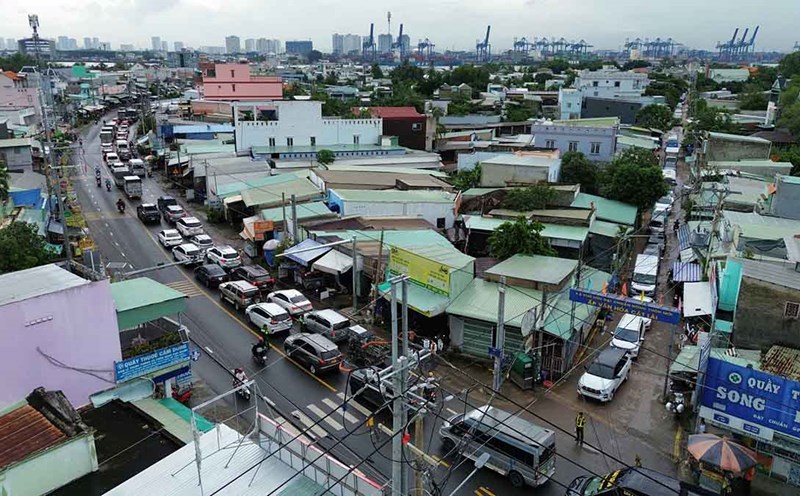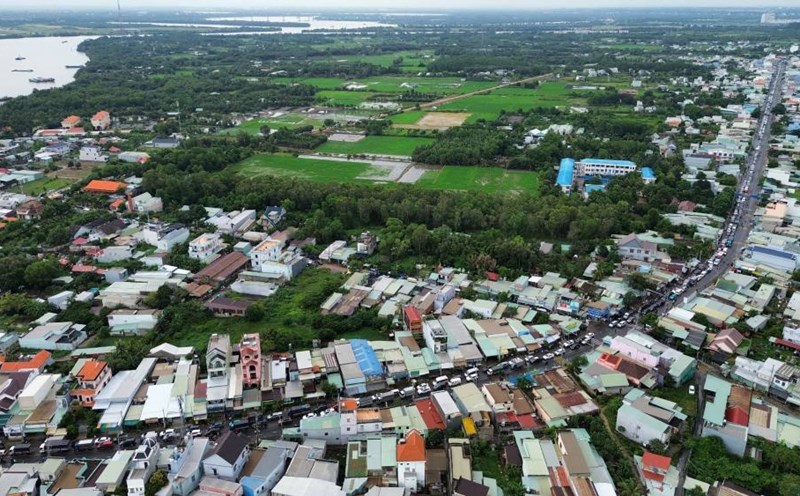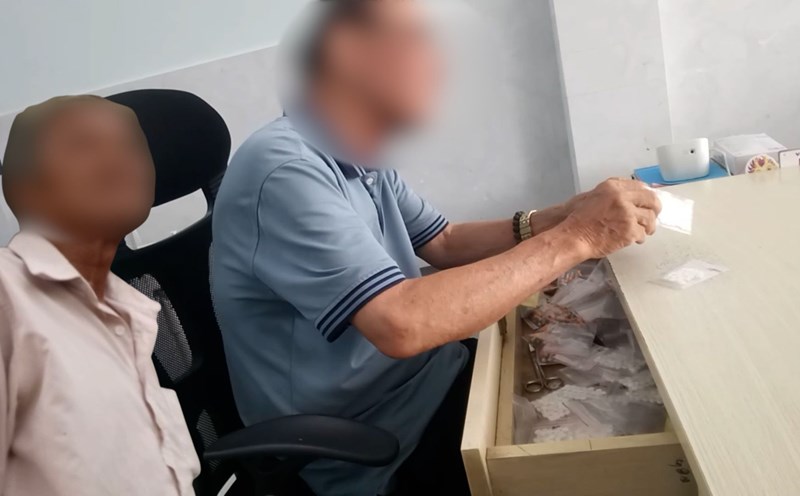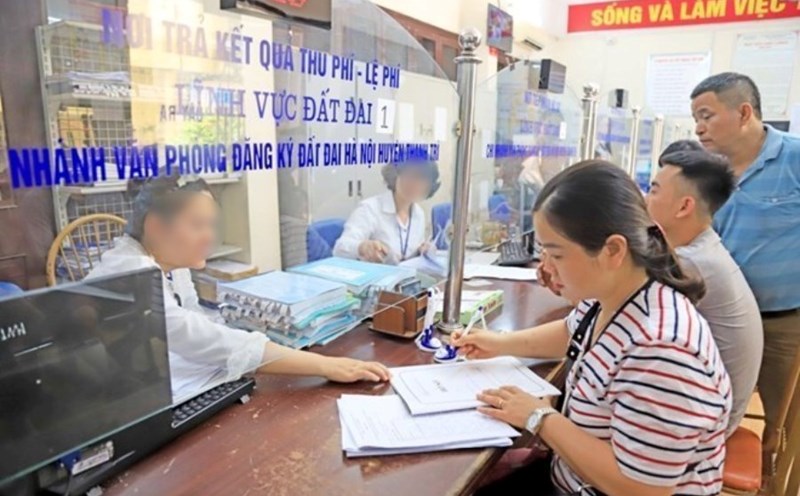Cat Lai Bridge worth nearly 20,000 billion VND to replace the ferry with the same name
Currently, the connection between Ho Chi Minh City and Nhon Trach (Dong Nai) mainly depends on Cat Lai ferry.
Every day, tens of thousands of people and vehicles have to wait for the ferry if they do not want to go around National Highway 51 or the Ho Chi Minh City - Long Thanh - Dau Giay Expressway, which is only for cars.
Unfavorable transportation not only affects people but also hinders the transportation of goods between industrial parks in Nhon Trach area and seaport systems such as Cat Lai, Cai Mep - Thi Vai.
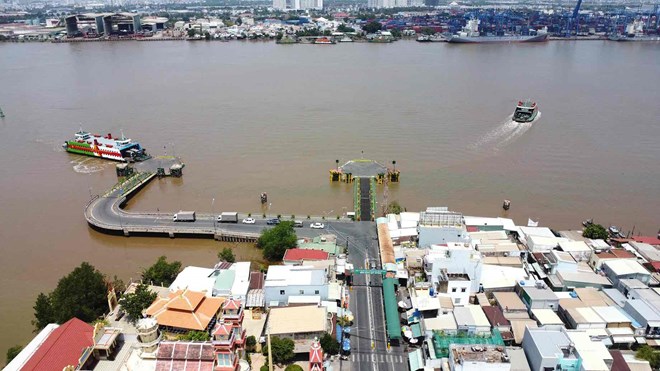
Faced with this situation, the Ho Chi Minh City Department of Construction said it is coordinating with Dong Nai province to agree on an investment plan to build Cat Lai bridge.
The project has a total length of more than 11.3 km, of which the bridge is more than 3 km long, designed for a speed of 80 km/h, 33.5 m wide with 8 lanes, 55 m wide clearance.
Cat Lai Bridge will be invested in the form of public-private partnership (PPP), BOT contract (build - operate - transfer).
The total investment for the demand section is about VND9,000 billion, of which the state budget participates about VND4,427 billion (accounting for 49%), the rest is mobilized by investors.
In addition, the cost of site clearance and construction of the road connecting the toll station to the end point of the route is more than 10,300 billion VND, allocated from the state budget. Of which, Ho Chi Minh City spends about VND 3,611 billion, Dong Nai more than VND 2,967 billion and the connecting road construction part is more than VND 3,779 billion.

If approved, the project will start construction in the period of 2026 - 2027 and be completed before 2030, contributing to relieving traffic pressure and promoting the development of the key economic region in the South.
Can Gio Bridge ends Binh Khanh ferry problem
Currently, travel between the center of Ho Chi Minh City and Can Gio area is mainly through Binh Khanh ferry.
However, the ferry is seriously overloaded, especially during holidays, Tet or weekends. At times, cars line up for kilometers, forcing people to wait hours to cross the river.

After many years of waiting, the Can Gio bridge project is being promoted by Ho Chi Minh City. According to the Ho Chi Minh City Department of Construction, currently, the authorities are updating the Can Gio bridge project into the 1/2000 scale zoning plan projects, specialized projects in technical infrastructure and related urban transport to complete legal documents, submit to the Ho Chi Minh City People's Council for approval of investment policies in 2025.
Can Gio Bridge is proposed to be invested in the form of a BOT, with a total investment of more than VND 10,569 billion (excluding interest).

The project has a total length of 7.3 km, of which the bridge is nearly 3 km long and the approach road is more than 4.3 km. The bridge is designed with 6 lanes (4 lanes for motor vehicles and 2 lanes for rudimentary vehicles), speed of 60 km/h.
This is a cable-stayed bridge with two towers, with a clearance of 55 m - equivalent to Binh Khanh bridge on the Ben Luc - Long Thanh expressway.
The starting point of the bridge is on Road 15B (Nha Be District), crossing the Soai Rap River and connecting to Rung Sac Road (Can Gio District), about 2.1 km south of the current ferry terminal.
When completed, Can Gio Bridge will connect Can Gio directly to the city center, creating a continuous traffic axis to the South.
In particular, the bridge plays a key role in the development of two strategic projects in Can Gio: Can Gio coastal tourism urban area of 2,870 hectares with nearly 9 million visitors per year and Can Gio International Transit Port, expected to be exploited in phase 1 before 2030.


